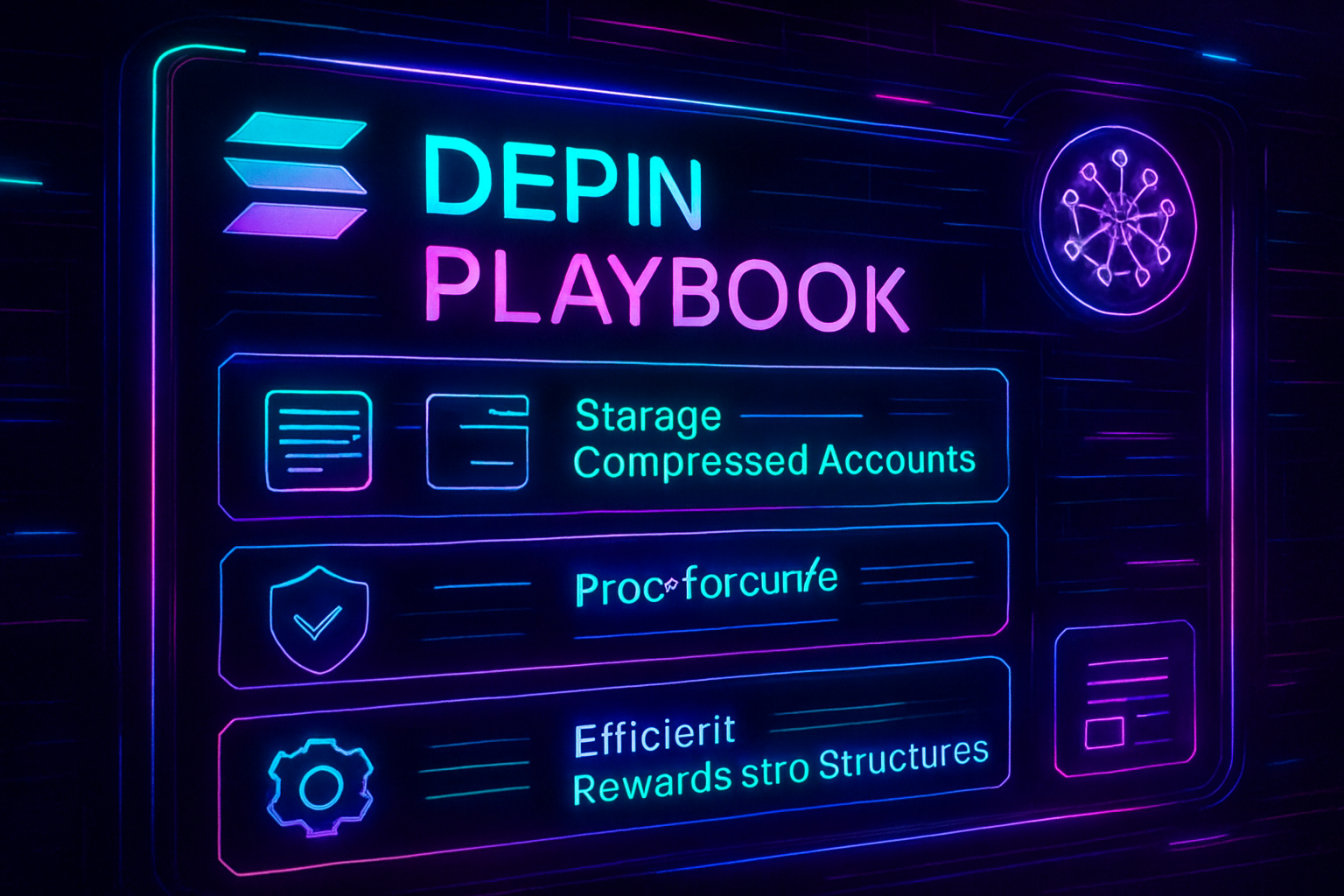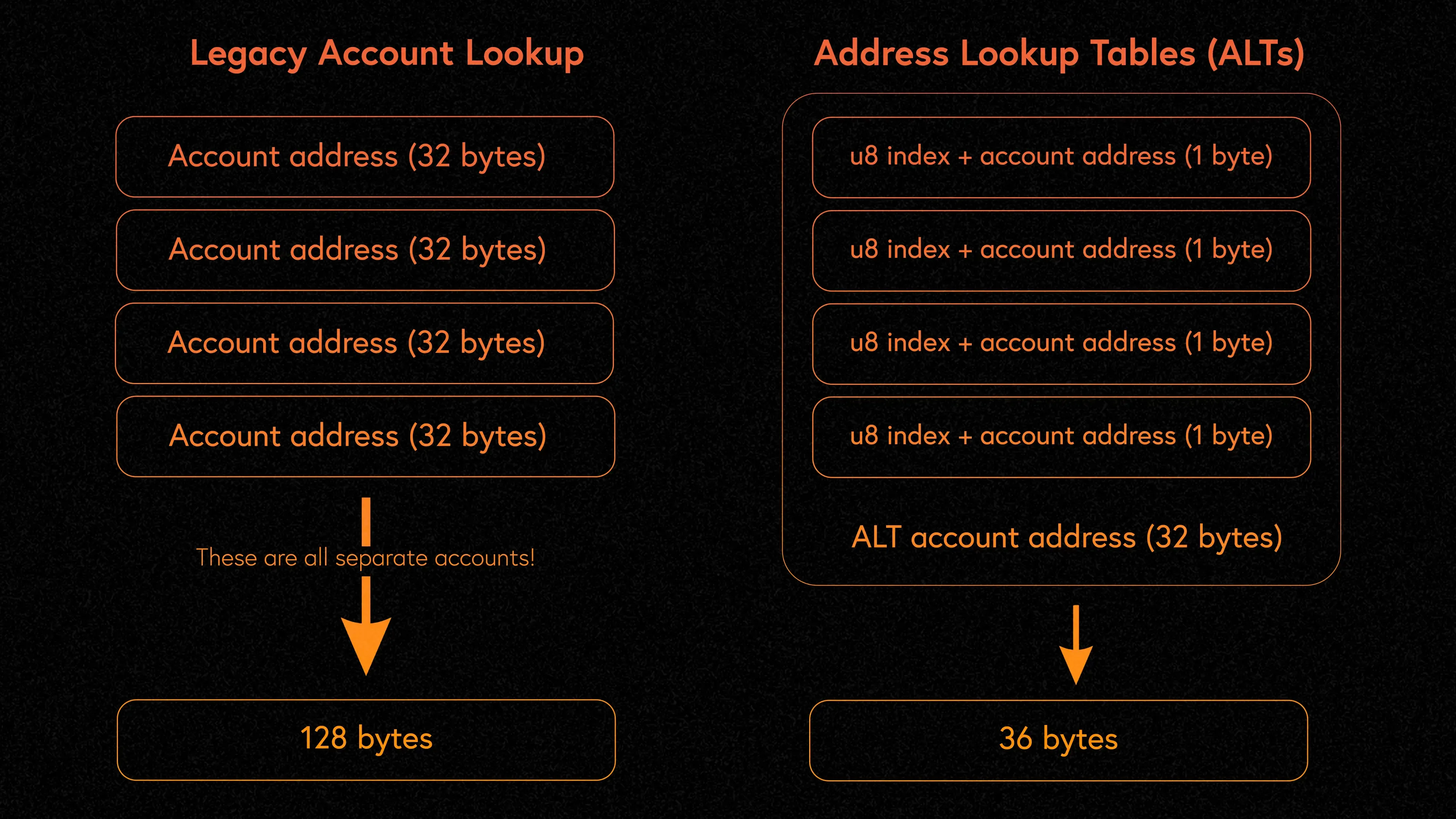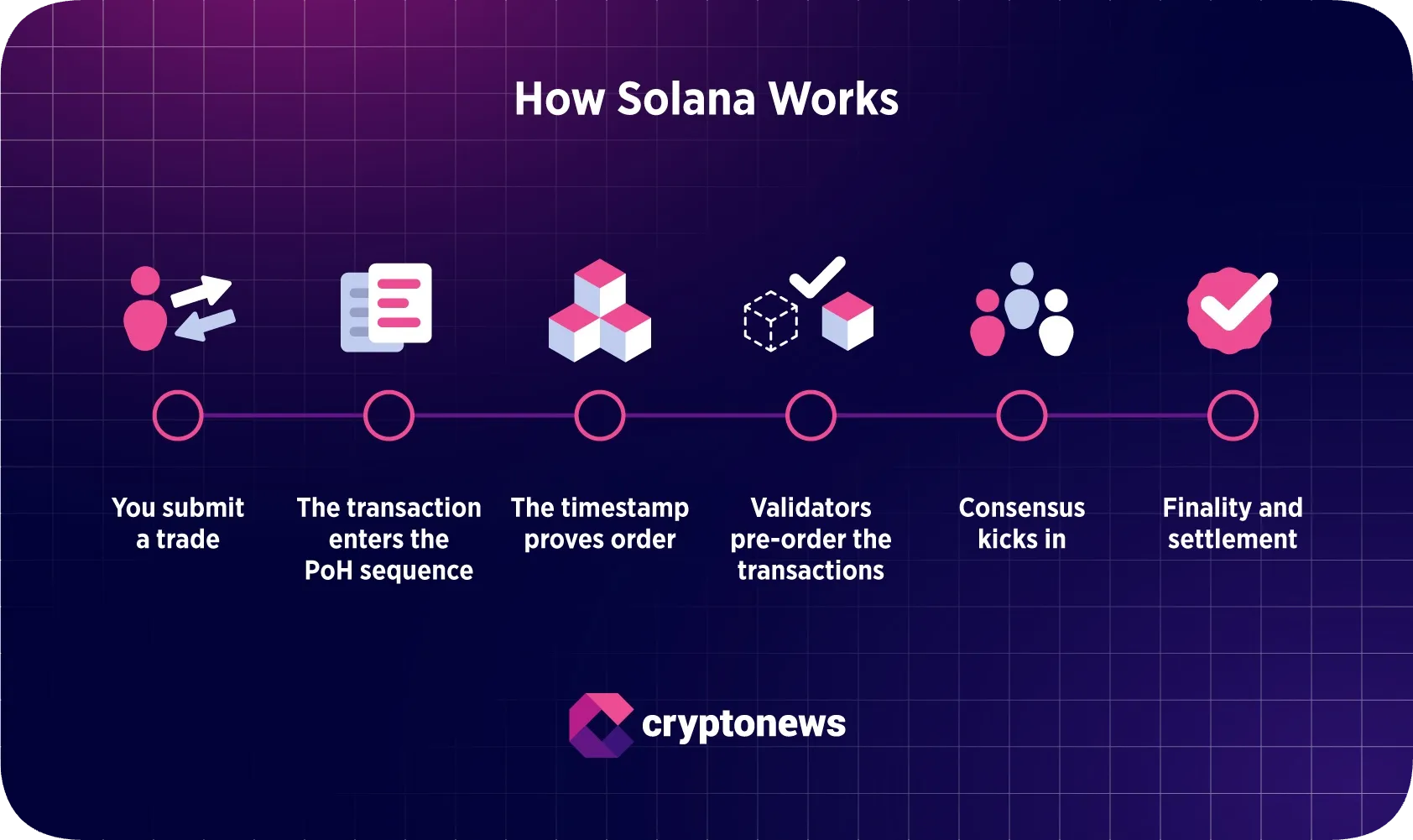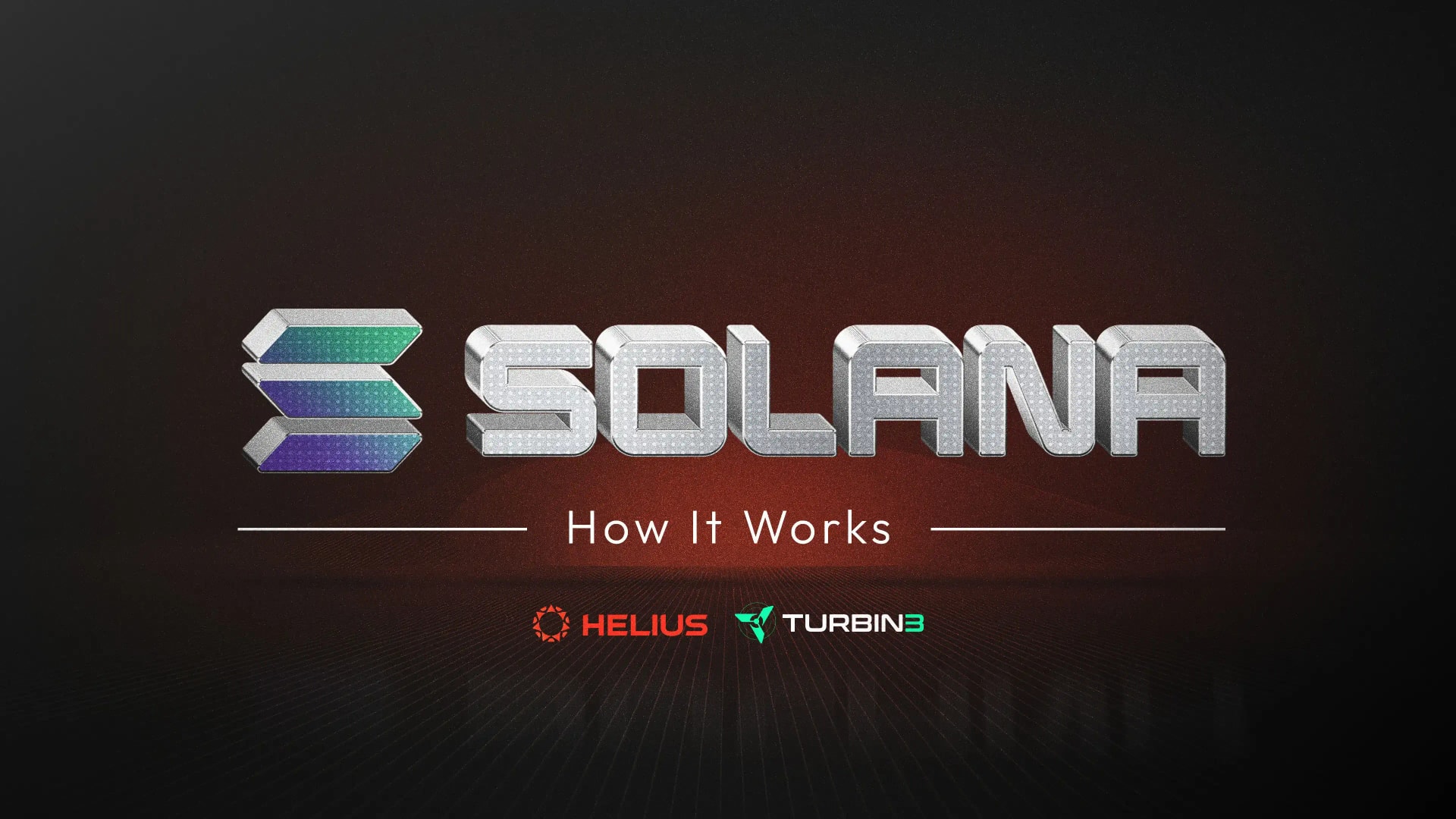
Solana DePIN projects are rewriting the rules for decentralized infrastructure, turning real-world devices, sensors, and networks into trustless, on-chain economies. As the Solana ecosystem thrives with a current SOL price of $237.49, builders are racing to launch scalable, cost-efficient networks that reward real contribution. But as anyone who’s shipped a DePIN MVP knows, getting beyond the prototype phase requires careful tactical choices. Here’s your playbook for building robust DePIN solutions on Solana in 2025.

Leverage Compressed Accounts for Scalable User and Device Management
Scaling a DePIN network isn’t just about racking up transactions, it’s about onboarding thousands (or millions) of users and devices without ballooning costs or hitting throughput walls. Enter compressed accounts, one of Solana’s most powerful primitives for DePIN builders. By using Merkle trees to represent vast user/device registries on-chain, compressed accounts allow you to manage an entire fleet at a fraction of the storage cost of traditional accounts.
This isn’t theoretical: as highlighted by Helius and ZK Compression research, all active Solana accounts (compressed) currently take up just 76GB, a number that would be unthinkable without compression. For DePIN projects managing IoT sensors or distributed hardware, this means you can:
- Batch onboard new users/devices with minimal rent fees
- Reduce transaction payloads by referencing hashes instead of full account data
- Enable mass token drops or credential updates in a single Merkle proof
For a technical deep dive on how to implement compressed accounts in your project, check out the latest guides from Solana’s official DePIN Quickstart.
Implement Proof-of-Contribution Mechanisms to Ensure Fair and Verifiable Rewards
The heart of any successful DePIN is its incentive structure, but rewards are only as good as their credibility. That’s why leading projects are adopting sophisticated proof-of-contribution mechanisms. Whether it’s Proof of Location for mobility networks or Proof of Coverage for wireless mesh deployments, these systems ensure participants actually deliver value before earning tokens.
The best practices here go beyond simple attestations:
- Automate verification: Use cryptographic proofs (like zero-knowledge attestations) so contribution claims can be checked programmatically on-chain.
- Tie rewards to measurable outcomes: Don’t just reward activity, reward impact that can be independently verified by the network.
- Publish transparent criteria: Make your proof requirements open source and auditable so everyone knows what counts as valid participation.
This approach not only deters fraud but also builds trust among users and investors, crucial for long-term network growth. For practical examples and code snippets, see the updated playbook from Solana Developers (source).
Top 3 Best Practices for Solana DePIN Builders
-

Leverage Compressed Accounts for Scalable User and Device Management: Solana’s compressed accounts, powered by state compression and Merkle trees, enable you to onboard millions of users and devices with minimal storage costs. This approach dramatically reduces rent fees and keeps your DePIN project scalable as it grows. Learn more from the official Solana DePIN Quickstart Guide.
-

Implement Proof-of-Contribution Mechanisms to Ensure Fair and Verifiable Rewards: Integrate robust proof systems—such as Proof of Location, Proof of Coverage, or on-chain activity verification—to guarantee that network participants are rewarded based on real, measurable contributions. This fosters trust and transparency in your DePIN ecosystem. See examples in the Solana DePIN Playbook.
-

Design Efficient, On-Chain Reward Structures to Minimize Costs and Maximize Participation: Use Merkle claim structures and ZK compression to batch and distribute rewards efficiently, reducing transaction fees and on-chain congestion. This ensures cost-effective, scalable incentives that drive user engagement. Explore technical details in the Solana DePIN Guide.
Design Efficient, On-Chain Reward Structures to Minimize Costs and Maximize Participation
If there’s one thing every builder learns fast: inefficient reward distribution will eat your budget alive, especially when scaling up. On Solana, you have access to tools like Merkle claims and state compression that let you distribute rewards en masse without spiking transaction fees or storage rent.
By batching rewards into a single Merkle root, you can let thousands of users claim their tokens with minimal on-chain interaction. This is a game-changer for DePIN projects aiming to reward hundreds of thousands of contributors or devices without overwhelming the network or draining your treasury. ZK compression further amplifies these savings, letting you compress massive reward datasets and dramatically cut storage costs, even as your user base grows exponentially.
But tactical design isn’t just about lowering costs. Efficient, on-chain rewards also unlock new models for user engagement: think micro-incentives for device uptime, real-time payouts for sensor data, or dynamic boosts tied to community milestones. The key is building a structure that’s both automated and transparent, so users always know what they’re earning and why.
For builders looking to future-proof their networks, Solana’s current transaction fees (averaging $0.00025) are already among the lowest in crypto. With SOL trading at $237.49, this cost efficiency means you can experiment with creative incentive models that would be impossible on more expensive chains. For step-by-step implementation details, review the official DePIN guides from Solana (source).
The Competitive Edge: Combining All Three Best Practices
The most resilient DePIN projects are those that combine compressed accounts, robust proof-of-contribution mechanisms, and optimized on-chain rewards into a seamless stack. This trifecta lets you scale without compromise, onboarding millions of users, ensuring only genuine contributions are rewarded, and keeping operational costs so low that participation remains attractive even as SOL price fluctuates.
No matter your project vertical, whether it’s decentralized wireless, mobility sharing, or distributed energy, these best practices aren’t optional checkboxes; they’re the foundation for sustainable growth in a hyper-competitive market.
Every moment is a new trade, and every architectural choice shapes your network’s destiny.
For ongoing updates and advanced tactics as the Solana DePIN playbook evolves, keep an eye on the latest from Solana Developers and ecosystem leaders. The infrastructure revolution is just getting started, and with these strategies in hand, your project will be ready to lead it.






